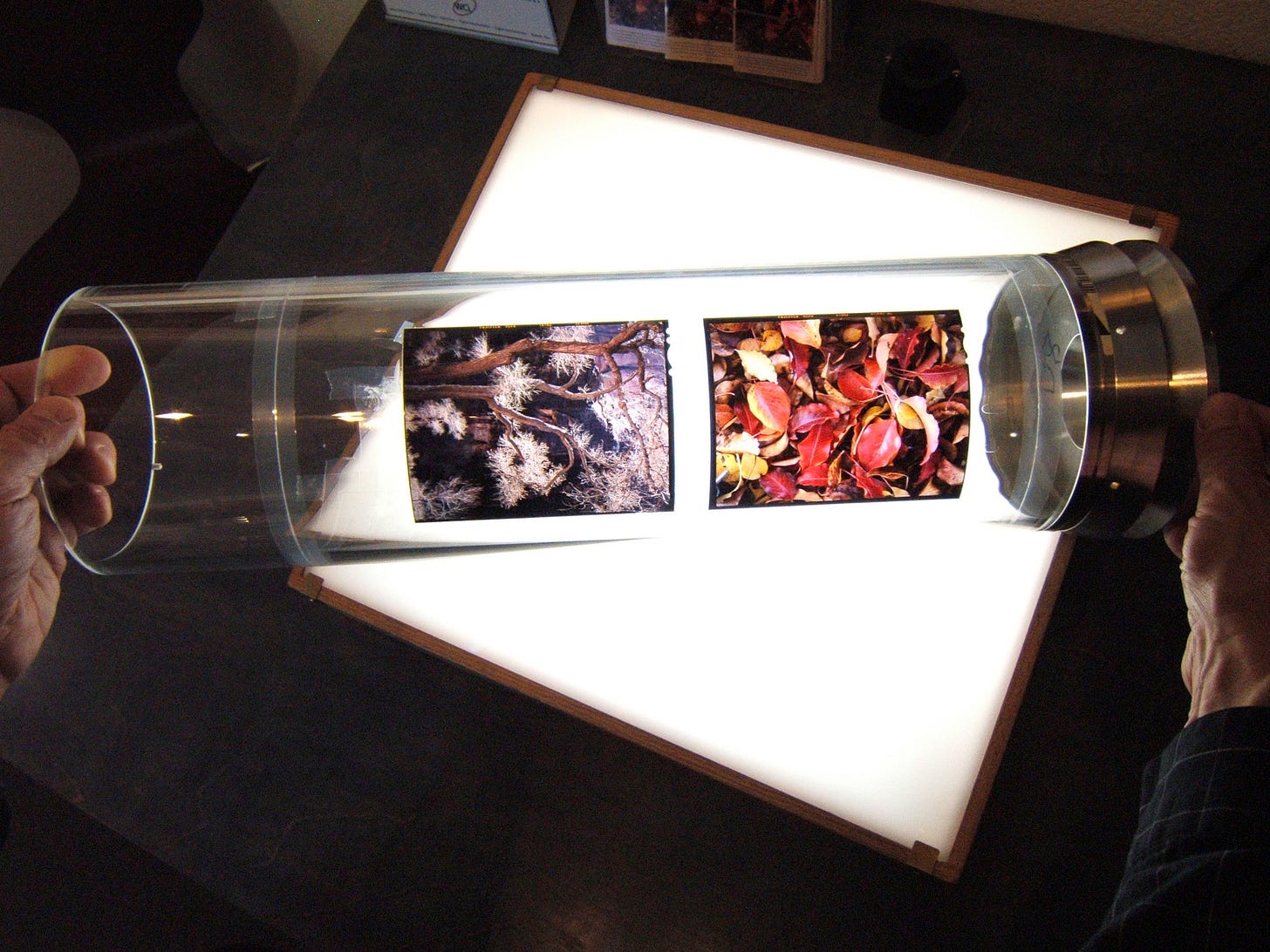How many megapixels can I get from film?

For years I’ve been trying to answer the question of how many megapixels I’d need to equal the 4x5 inch film I used for many years. 4x5 film was used by many professional photographers because of the extra detail and resolution it provided, even well into the digital age. 4x5 film allows prints to 30x40 inches and even 40x50 inches with great detail—detail that even high-megapixel, full-frame cameras couldn’t achieve until recently.
What changed is AI upscaling with Topaz. Without Topaz, a large print from a large scan of 4x5 film looks better than full-frame digital, because the digital files have to be printed at low pixels per inch. But now with Topaz, I can get better than 4x5 results from files greater than 40MP.
I made some comments about this in a recent article by Lloyd Chambers about digital vs film.
Here is an excerpt of my most recent comments:
I wanted to add some updated information.
For me the question of “how many megapixels does film achieve” is really “how many megapixels do I need to match the results of 4x5 film on a 30x40 inch or 40x50 inch print.” Topaz upscaling had been a game changer for this. With a 40-50MP file run through Topaz, it is possible to achieve a large print that equals or exceeds that produced from a top quality drum scan of typical 4x5 film.
I explored the possibilities of Topaz extensively last year while printing large prints for Rhett Turner’s exhibit Conserving America’s Wildlands: The Vision of Ted Turner. I used Topaz on almost every image, as most were 24x36 or larger, with about half at 30x40 to 40x50, mostly from Nikon D850 files. I am still astounded by the results, and consider it the finest exhibition I have printed to date. The prints exceed what I would expect from 4x5 film, and many of the photos could not have been made with a 4x5, particularly the wildlife photos using long glass. This quality comparison is true even for photos taken at higher ISO levels, and zoom lenses, within limits of course.
The results I see using Topaz seals the deal for me. I can make better large prints with a 40MP camera than I can from 4x5 film. When the process is combined with great prime lenses and base ISO files, the results are even more breathtaking, and unlike anything I have seen before. When coupled with RAW capture and the processing/editing possibilities, digital unlocks so many more possibilities. This is not a knock on film, or the film look, just acknowledgement that using film requires tremendously more cost and effort for little advantage outside the film look unless you plan on making silver prints in a darkroom.
The unanswered question is “how many megapixels to match 8x10 film?” and if someone wants to pay for testing, I’ll answer it, but I’ve never been able to afford to photograph with 8x10, and now color 8x10 photography is astronomically expensive, so it is really not important for me to know it.
What I do know is that I am walking around with the best camera I have ever owned, and if I use it well, it will make files capable of prints beyond my dreams even though I used to use 4x5 film and owned a Heidelberg Tango drum scanner. Now all that is left is to go make more great photos and tell more stories.
There is a lot more information in the full article if you are interested in how film and digital compare. And I want to add a disclaimer so I can avoid angry emails from those who use film: I am not knocking film. If film gets you what you want, use it! Film is a lot of fun. My interest here is not to bash film, but understand how to achieve large prints with similar detail. I did a lot of testing in my years owning a fine art lab related to how to get the most out of every film format, and this is just a continuation of that research.

